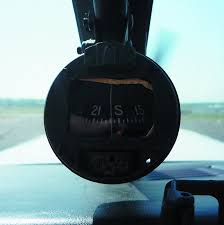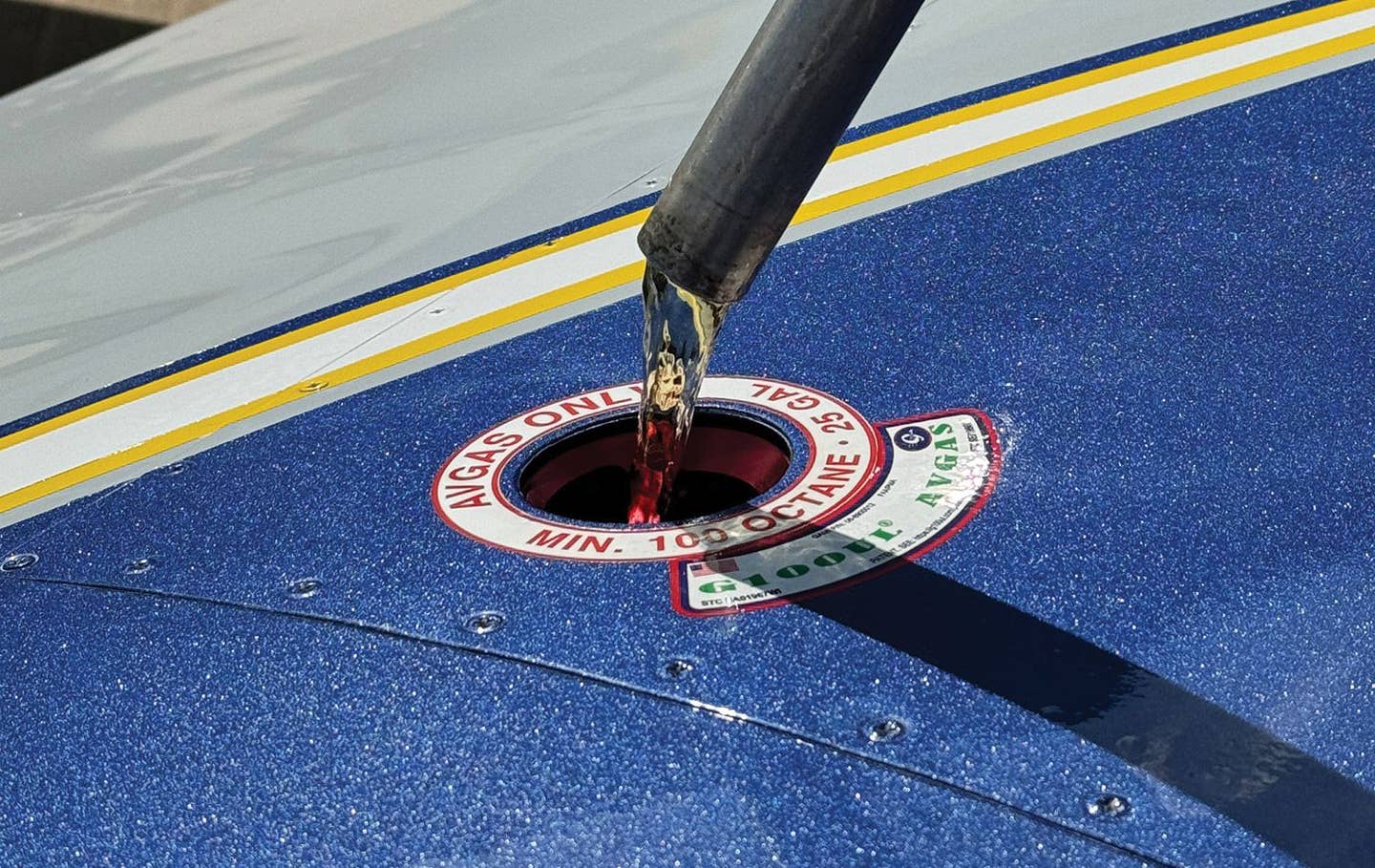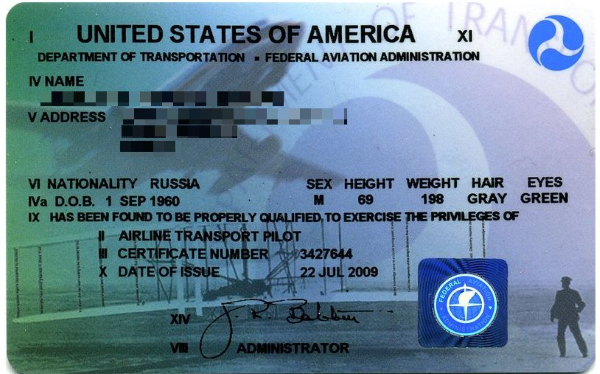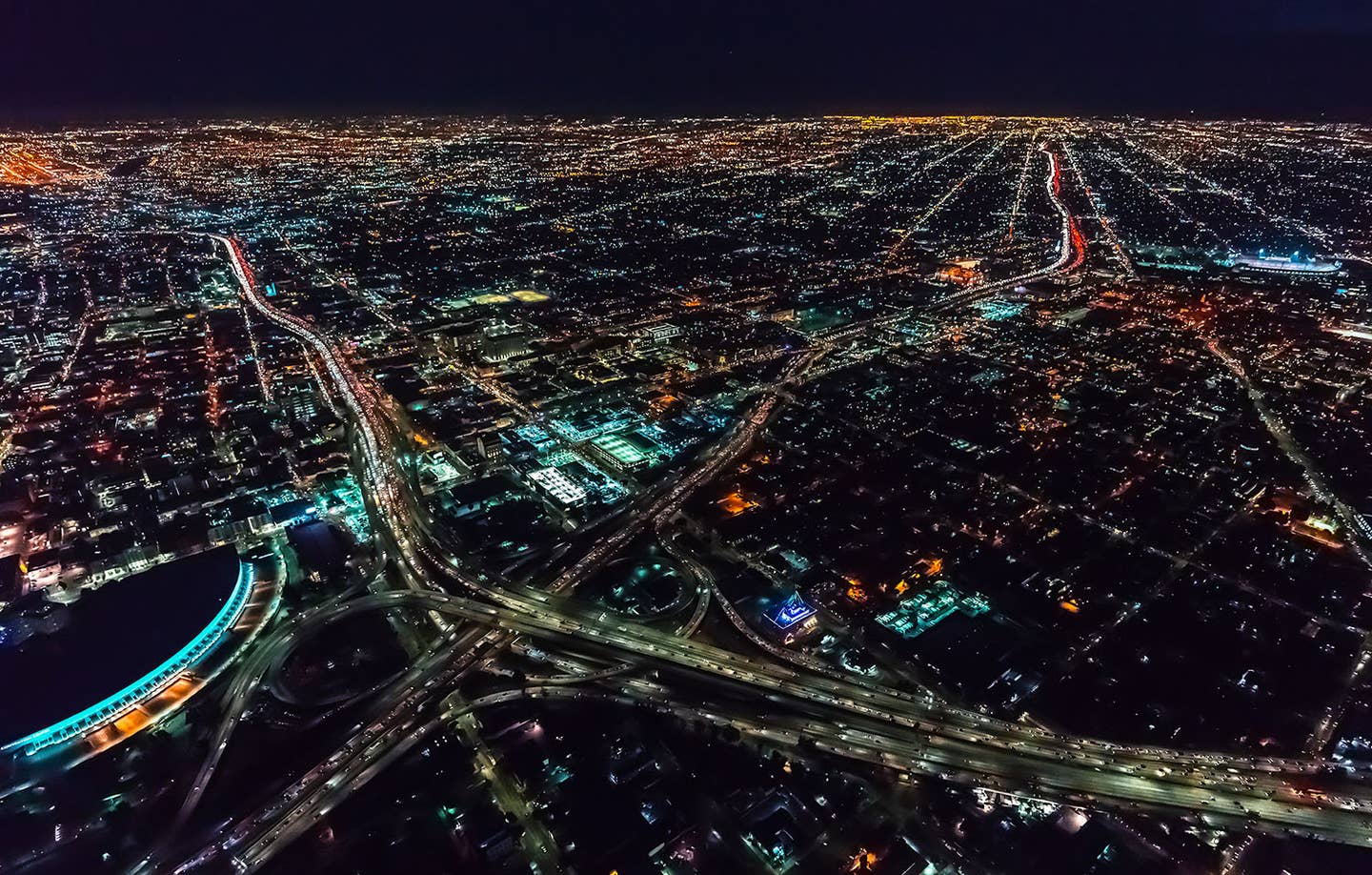When Training Isn’t Worth the Risk
If you push it hard enough, you can cause the very accident you’re training to avoid.
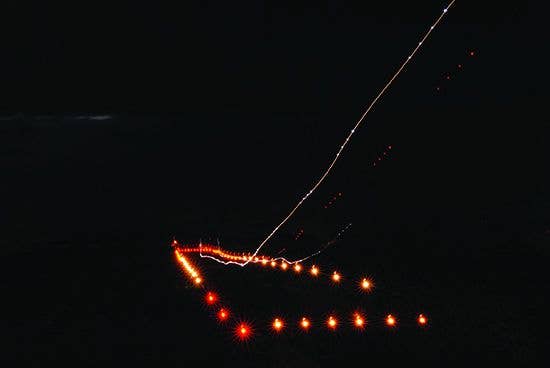
I’m sure I’m not alone in this reaction: When I hear about a crash, especially one with fatalities, at my local airport, the first thing I want to know are the names. Is it someone I know takes priority over what happened. Two weeks ago, we had a particularly bad one here at Venice. Four fatalities when a Saratoga went into the water off the departure end of Runway 23. That I didn’t know the victims was little comfort to anyone, but perhaps a relief of sorts.
When I heard the time of day—9:30 p.m.—I pretty much knew what must have happened. The pilot departed 23 into black hole conditions over the Gulf and suffered spatial disorientation. I am allowing myself this great concluding leap to make a point, for it’s entirely possible that something else caused the crash. Black hole occurs, usually in clear conditions, where there’s no discernible horizon and no surface lights to offer visual cuing.
Transitioning to and from black hole conditions is, in my view, more fraught than transitioning into solid IMC, night or day. The reason this is so, I think, is because there may be just enough point-source lighting to lull you into thinking you have a visual horizon when you have none at all. And I think this because I nearly lost it on the this very same runway about 10 years ago.
I was giving another pilot an instrument proficiency check and the last exercise for the night was to fly the GPS 31 approach with a circle to land to what was then Runway 4, now designated 5. Circling mins were 500 feet. There was no traffic, so we planned to cross over 4/22, then turn into the downwind for the circle. That would put us parallel to 22 facing toward the Gulf. I carefully explained the black hole effect and reminded the pilot several times to stay on the gauges until we turned around to land on 4. I asked him to add a couple of hundred feet to the circling MDA because I don’t like being low over the water at night.
I followed my own advice by staying on the gauges myself as we flew the circle, which went according to plan until we started the downwind-to-base turn. Faster than I could have imagined possible, the bank went to 60 degrees and the nose fell through the horizon. I went for the yoke to roll us level but felt no resistance as I applied input; the pilot had already recovered it. We lost a little over 200 feet.
“What the &^%#,” he said. We later agreed that what must have happened is that as he made the left turn to base, he shot a brief look over his shoulder at the lights along the beach. That wasn’t enough to provide a horizon cue and probably did the opposite. I didn’t notice his head switch because my eyes were locked on the AI in the mistaken belief that this was the way of not losing situational awareness myself. I have since concluded that the best way of avoiding a black hole accident is to just not fly into such conditions in the first place, if there’s an alternative. And there's always an alternative.
When I was in Army basic training, the cadre placed various motivational posters around the barracks and buildings, one of which said, the more you sweat in peace, the less you bleed in war. That had a nice ring to it so I took it onboard in my flight instructing. I would take students into challenging conditions such as high winds, real IMC, turbulence and the like on the theory that they would have to deal with such things so better to give them some experience before encountering them in the real world.
I’m sure I thought that in briefing up the challenge of the black hole circling approach while going ahead with it anyway. We obviously survived it, but after that, I concluded the training value wasn’t worth the risk. It also taught me that despite my considerable experience in IMC with self-confidence to match, I had, umm, certain limitations. A new phrase entered my thinking: I’m sure I have the skills to do that, but I’m still not gonna. And I haven’t departed or approached that runway at night since. I’d rather take a crosswind on the cross runway.
The Gulf black hole has claimed its share of victims. Since I’ve lived in Florida, there have been three other accidents similar to the most recent crash. Loss of control and/or spatial disorientation was cited in each. Along the Florida coast, there are a few other airports that point directly toward water, but none are quite so close to the beach with no lighted visual references. This is hardly unique to Florida, either. Lots of airports in the sparsely settled Midwest or West can have black hole conditions for both approach and takeoff. If you fly into such places at night, you may have no choice but to deal with the risk. I think it’s higher for takeoffs than landings, but the accident history just at my airport shows that pilots may underestimate the challenge.
I certainly did.
Apollo 13 Anniversary
Monday, at 1:07 EST, marks the 53rd anniversary of the Apollo 13 mission splashing down in the Pacific after its harrowing aborted mission to the Moon in 1970. AVweb readers will know the story of the mission well, so there’s no need for me to summarize it here. I’m making note of it today because it’s worth memorializing and it gives me an opportunity publish the mission patch, which I think was the boldest and most artistic of all of Apollo’s missions.
It depicts three horses iconically pulling Apollo’s chariot from the Earth over the surface of the Moon. It’s one of only two mission patches that doesn’t have the name of the three astronauts. The other was Apollo 11. The reason for that is that NASA, or perhaps Neil Armstrong, wanted space for the phrase, “For All Mankind.” Or so the story goes. The patch doesn’t have that phrase.
But 13’s has a motto in Latin, “Ex Luna, Scientia”—From the Moon, knowledge. Mission commander James Lovell adopted this from the Naval Academy motto of “Ex Trident, Scientia.” From the sea, knowledge. The patch was designed by artist Lumen Winter, who had painted three similar horses on a mural for the St. Regis Hotel in New York. That mural had a fourth trailing horse, which Lovell said could have represented Ken Mattingly, who was bumped from Apollo 13 after being exposed to measles. Jack Swigert took his place. Actor Tom Hanks bought the St. Regis mural for his personal collection.
Apollo 13 was the second of the so-called H missions intended to explore regions of the Moon in detail. It would have landed at Fra Mauro, a hilly area near Mare Imbrium, 1000 miles southwest of the Sea of Tranquility. Because of the challenging terrain, Apollo 13’s lunar module, Aquarius, would begin its descent from a much lower altitude than the two previous missions had used, to give it more hovering fuel to find a safe landing site. None of that happened, of course, since Aquarius became the lifeboat that got the astronauts home. And at that, it was an exceedingly good ship.

